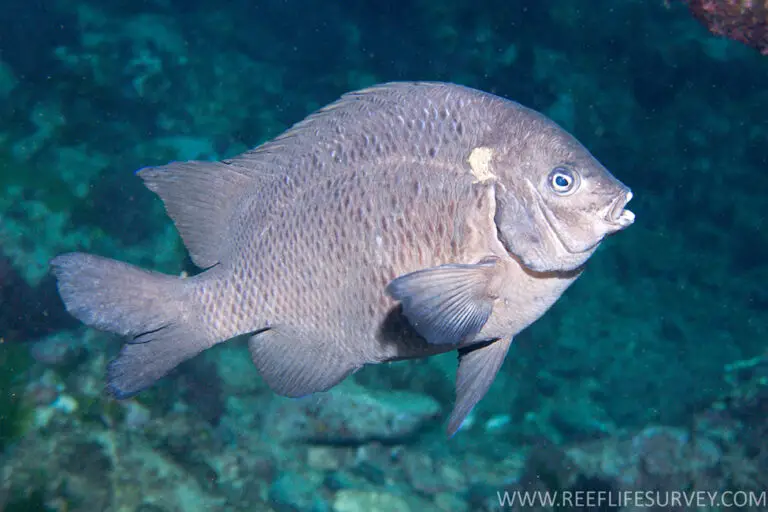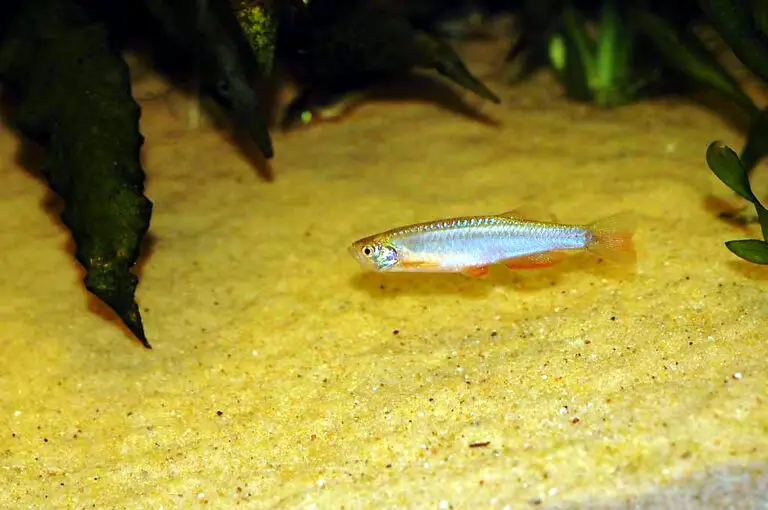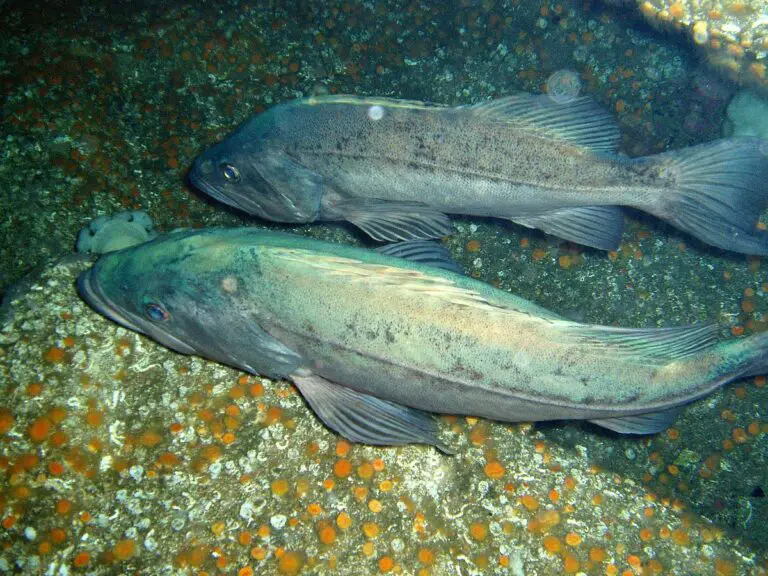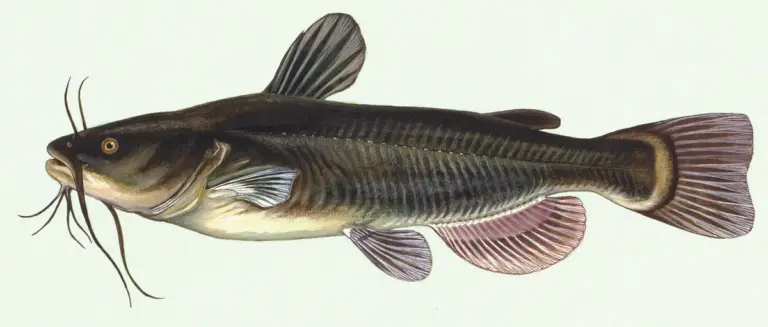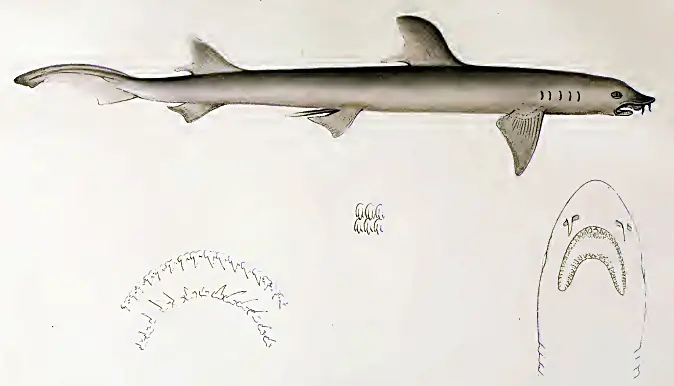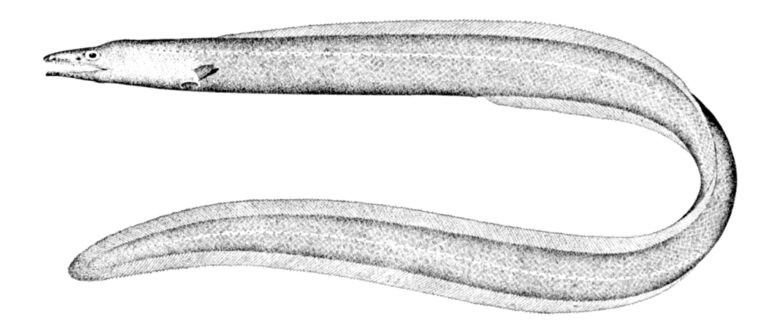Bluegill (Lepomis macrochirus)
“The world record for longest bluegill is 15 inches.“
Bluegill Scientific Classification:
- Kingdom: Animalia
- Phylum: Chordata
- Class: Actinopterygii
- Order: Perciformes
- Family: Centrarchidae
- Genus: Lepomis
- Scientific Name: Lepomis macrochirus
Bluegill Conservation Status:
- Status: Least Concern
Bluegill Locations:
- Geographical Range: Central America and North America
Bluegills are freshwater fish commonly found in lakes, rivers, and ponds. They are known for their distinctive dark spot at the base of the dorsal fin and their laterally compressed bodies. Bluegills are a popular species among anglers and play a significant role in their ecosystems as both prey and predator.
Bluegill (Lepomis macrochirus) Facts
Prey:
- Insects
- Small crustaceans
Group Behavior:
- School
Fun Fact:
- The world record for the longest bluegill is 15 inches.
Estimated Population Size:
- Unknown
Biggest Threat:
- Recreational fishing
Most Distinctive Feature:
- Black spot on its dorsal fin
Other Names:
- Bluegill sunfish
- Bream
Gestation Period:
- 3 days
Optimum pH Level:
- 7.0-7.5
Habitat:
- Lakes
- Streams
Predators:
- Birds
- Raccoons
- Large fish
- Humans
Diet:
- Carnivore
Type:
- Perciformes
Common Name:
- Bluegill
Number of Species:
- 38
Bluegill Physical Characteristics
Color:
- Brown
- Yellow
- Red
- Blue
- Black
- Green
- Orange
Skin Type:
- Scales
Lifespan:
- 4-6 years
Weight:
- 1 – 2.6 lbs
Length:
- 7 – 16 inches
Bluegills are versatile and hardy fish known for their adaptability to various freshwater environments. They are easily recognizable by their distinctive coloration and the black spot on the dorsal fin. Despite facing threats from recreational fishing, bluegills remain abundant and are a favorite among anglers for their sport and table fare.
3 Incredible Bluegill Facts!
Backward Swimmers:
- Bluegills have the remarkable ability to swim backward. They achieve this unique motion by using specialized muscles in their pectoral, anal, and dorsal fins. This ability allows them to navigate and maneuver effectively in their aquatic environment.
Changing Color:
- During the breeding season, male bluegills undergo a dramatic color transformation. Their belly scales turn bright orange, which is a display to attract females and establish dominance among competing males.
Hybrid Activity:
- Bluegills can hybridize with other sunfish species, most notably the green sunfish. The resulting hybrid bluegill inherits traits from both parent species, often showing increased growth rates and altered physical characteristics compared to pure bluegills.
Bluegill Classification and Scientific Name
Bluegill (Lepomis macrochirus) Overview
Etymology:
- Lepomis: Greek for “scaled gill cover”
- Macrochirus: Greek for “large hand”
- Common Names: Bluegill, Bluegill sunfish, Bream, Perch
Classification:
- Order: Perciformes
- Family: Centrarchidae (Sunfish family)
- Genus: Lepomis
- Species: Lepomis macrochirus
Family Centrarchidae:
- Total Species: 38, including bluegills
- Notable Members:
Redbreast Sunfish:
- Average Length: 10 inches
- Appearance: Reddish-orange scales, long black opercular flaps
Green Sunfish:
- Appearance: Bright green body with a yellow underside
- Hybridization: Often bred with bluegills to produce hybrid bluegills
Pumpkinseed Sunfish:
- Appearance: Blue scales with spots of orange
- Mouth: Small, similar to bluegills
Key Facts:
- Scientific Name: Lepomis macrochirus
- Other Names: Bream, Bluegill sunfish, Perch
- Behavior: Known for schooling and backward swimming
- Color Change: Males turn bright orange during breeding season
- Hybridization: Commonly hybridize with green sunfish
Habitat and Distribution:
- Habitat: Lakes, streams, and ponds
- Geographical Range: Central America and North America
Physical Characteristics:
- Length: 7 – 16 inches
- Weight: 1 – 2.6 lbs
- Color: Brown, Yellow, Red, Blue, Black, Green, Orange
- Lifespan: 4-6 years
Diet and Predators:
- Diet: Carnivorous, feeding on insects and small crustaceans
- Predators: Birds, raccoons, large fish, humans
Conservation Status:
- Status: Least Concern
Bluegills are an important species within their ecosystems, known for their distinct appearance, adaptability, and the role they play both as predators and prey. Their ability to hybridize with other sunfish species and their popularity among anglers highlight their ecological and recreational significance.
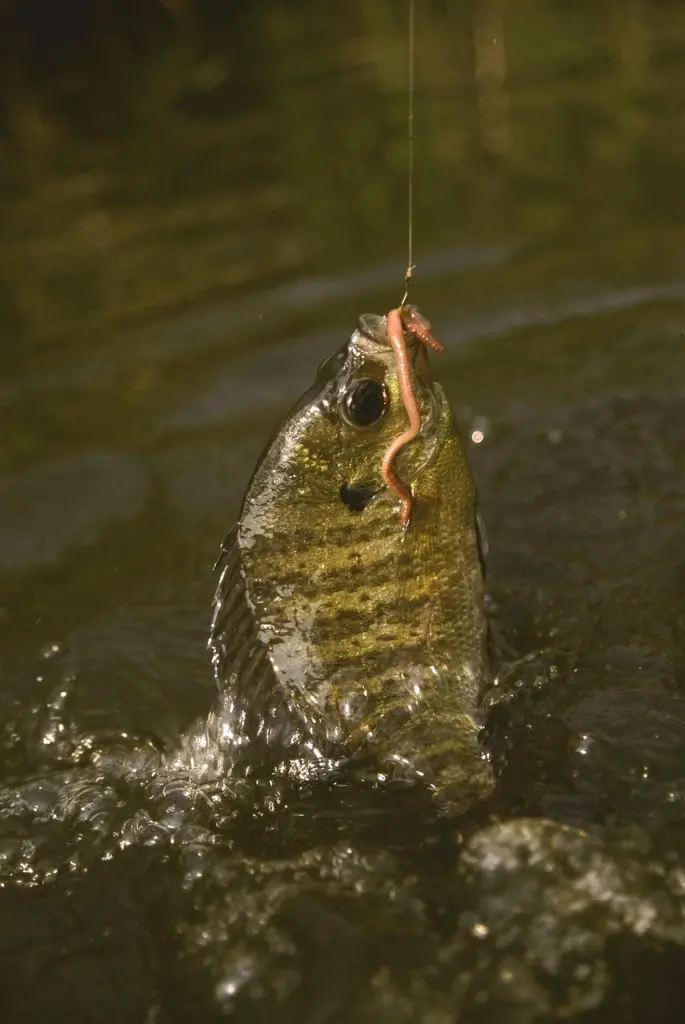
Bluegill Appearance
Bluegill Physical Characteristics:
- Average Length: 4 to 8 inches
- Average Weight: 1 to a little over 2.5 pounds
- World Record Length: 16 inches
- World Record Weight: 4 pounds, 12 ounces
Body Structure:
- Body: Thick and compact
- Mouth: Small
Coloration:
- Scales: Brown, olive green, orange, yellow, blue, black, or a combination
- Markings: Dark stripes along the body
- Distinctive Feature: Dark spot at the end of the dorsal fin
Bluegills exhibit a wide range of coloration, with variations in scale color and markings. Their compact body and small mouth make them well-suited for their carnivorous diet, which primarily consists of insects and small crustaceans. Their distinct appearance, coupled with their popularity among anglers, makes them a recognizable and cherished species in freshwater ecosystems.
Bluegill vs. Sunfish
When comparing bluegills to other types of sunfish, such as redbreast sunfish, green sunfish, or pumpkinseed sunfish, several distinguishing features become apparent:
Dark Spot on Dorsal Fin:
- Bluegills have a distinctive dark spot at the end of their dorsal fin, a feature not present in all sunfish species.
Bluish Tinge on Scales:
- Bluegills often exhibit a bluish tinge on their scales, particularly on their face, which sets them apart from other sunfish species that lack this characteristic coloration.
Scale Colors and Patterns:
- While many sunfish species share similar scale colors such as brown, olive green, orange, yellow, and black, the specific patterns and arrangements of these colors may vary between species, aiding in their differentiation.
These unique characteristics, including the dark spot on the dorsal fin and the bluish tinge on the scales, help distinguish bluegills from other types of sunfish within the Centrarchidae family.
Bluegill Distribution, Population, and Habitat
Bluegills have a wide distribution across the United States, Mexico, and Canada, inhabiting warm freshwater lakes, slow-moving streams, ponds, and reservoirs. Their population is described as stable, and they are listed as Least Concern in terms of conservation status.
Habitat and Distribution:
- Geographical Range: United States, Mexico, Canada
- Habitat: Warm freshwater lakes, slow-moving streams, ponds, and reservoirs
- Abundance: Abundant from California across the United States to the east coast, as well as in ponds and lakes from southern Quebec to northern Mexico.
Seasonal Behavior:
- Breeding Season: Bluegills move to shallow areas of water measuring three to five feet deep during the breeding season. Males construct nests in the sand for spawning.
- Winter Behavior: As cold weather sets in, bluegills venture to deeper parts of the lake. They tend to stay near the bottom where the water is warmer, and their metabolism slows to conserve energy during the winter months.
Bluegills’ adaptability to various freshwater environments and their ability to adjust their behavior according to seasonal changes contribute to their widespread distribution and stable population status.
Bluegill Predators and Prey
Bluegills face predation from a variety of animals including the great blue heron, raccoon, trout, and largemouth bass, which target both adult bluegills and their eggs and juveniles.
Predators:
- Great Blue Heron: Known for wading in shallow waters to hunt fish, including bluegill.
- Raccoon: Opportunistic predators that may hunt for bluegill eggs and juveniles near shorelines.
- Trout: Aquatic predators that prey on bluegills, especially in streams and rivers.
- Largemouth Bass: Voracious predators that often prey on smaller fish, including bluegill.
Defense Mechanisms:
Hiding in Submerged Debris:
- Bluegills utilize submerged logs and other debris as hiding spots to evade predators, especially when threatened.
Speed and Maneuverability:
- Bluegills are agile swimmers capable of quick bursts of speed, directional changes, and even backward swimming. These abilities allow them to evade predators efficiently.
Carnivorous Diet:
- Bluegills are carnivores, feeding on a wide variety of small prey including:
- Insects and insect larvae
- Tiny crustaceans
- Fish eggs
- Various bait
Bluegills’ adaptability in prey selection, coupled with their effective defense mechanisms against predators, contributes to their survival and widespread distribution in freshwater ecosystems.
Bluegill Reproduction and Lifespan
Bluegills reach sexual maturity at around two to three years of age, and the onset of the breeding season is signaled by the rising water temperatures in the spring, typically spanning from May to September.
Breeding Behavior:
- Nest Construction: Male bluegills create nests in shallow areas of streams or lakes by clearing away sand with their tail fins, forming depressions several inches deep.
- Courtship: Males attract females by producing grunting noises and performing swimming displays. Upon encountering a female, they engage in courtship behaviors, swimming around each other before mating.
- Egg Laying: Females lay their eggs, with a single female capable of producing as many as 50,000 eggs, within the depression created by the male.
- Egg Guarding: After egg deposition, the male assumes the role of guarding the nest, protecting the eggs from predators until they hatch, typically within three to five days.
Lifespan:
- Bluegills typically have a lifespan of four to six years, although environmental factors and predation may influence individual longevity.
The breeding behavior of bluegills is characterized by the cooperative efforts of males and females in nest construction, courtship rituals, and parental care, contributing to the reproductive success of the species.
Bluegill in Fishing and Cooking
Fishing for bluegills is a popular activity enjoyed both competitively and recreationally, particularly during the spring and summer months when they are found in shallow waters for breeding and are more active in taking bait.
Fishing Techniques:
- Seasonal Availability: Spring and summer are optimal seasons for bluegill fishing, as they are more responsive to bait in shallow breeding areas during this time.
- Bait Selection: Bluegills are often targeted using various baits such as worms, insects, and artificial lures designed to mimic their natural prey.
- Competitive Fishing: Bluegill fishing competitions are held in various locations, attracting anglers seeking to showcase their skills and compete for prizes.
Swimbait Usage:
- Model for Swimbait: Bluegills serve as models for plastic swimbaits, which are lures designed to resemble small fish in both appearance and movement. These swimbaits are effective in attracting predatory species such as trout and bass, making them popular among anglers.
- Catch Volume: Thousands of pounds of bluegills are caught each year, reflecting their significance as both a sportfish and a prey species for larger predators.
Culinary Appeal:
- Taste and Nutrition: Bluegills are considered delicious and nutritious, containing no carbohydrates and providing 21 grams of protein per serving. They are often fried in a pan over a fire, and their mild, flaky flesh pairs well with various seasonings and accompaniments.
- Versatile Consumption: Bluegills are consumed throughout the United States, enjoyed by anglers and non-anglers alike for their culinary appeal and nutritional benefits.
Bluegill fishing offers not only recreational enjoyment and competitive excitement but also opportunities for culinary satisfaction, making it a cherished pastime for many fishing enthusiasts.
Conclusion
The bluegill fish, scientifically known as Lepomis macrochirus, holds a significant place in freshwater ecosystems across North America. With its adaptable nature, distinctive appearance, and popularity among anglers, the bluegill serves as both a valued sportfish and an essential component of aquatic food chains. From its unique breeding behaviors to its role as a prey species for larger predators, the bluegill exemplifies resilience and versatility in its habitat. Whether sought after for competitive fishing tournaments, recreational angling, or culinary delight, the bluegill continues to captivate and contribute to the rich tapestry of freshwater environments.
